Review: Samsung Galaxy Nexus for Verizon Wireless
Most of the core messaging services have been updated in Android 4.0. Let's look at how each is different.
Keyboard: The Android keyboard has been heavily revised by Google an it is vastly improved. I can type on it much faster and more accurately thanks to better auto-correct software. The keys have more space around them and are wider, so it isn't as easy to fat-finger the wrong key. Some of the icons are less than obvious, such as those for selecting text for copying-and-pasting. The downside is that third-party keyboards, such as Swype, aren't yet compatible with Android 4.0. Trust me when I say, however, you won't miss Swype out of the box; the standard keyboard is excellent.
SMS: The SMS/MMS app looks much better. It's far less drab than the messaging application in Gingerbread and earlier. Conversations are threaded, of course, and you can see multimedia inline with the text. It's a cinch to add additional recipients, media, emoticons, and such to the messages. Rather than show different colored text bubbles to delineate the two voices in each conversation, it uses profile images, so you can actually "see" the person with whom you're texting. This might help reduce texts sent to the wrong person (guilty!). However, there's no "send" button. You have to figure out on your own that the little icon of a paper airplane is the button you need to press to send a message.
Gmail: Gmail gets a nice upgrade that puts it more in line with how Gmail behaves in the desktop browser. The inbox has a cleaner look and feel, and most of the controls are packed along the bottom of the screen and have icons that aren't exactly intuitive. For example, the "archive" button looks completely different from the archive tool in the desktop version of Gmail. (There's also those three dots, and the little triangle mentioned earlier). The screen on which you compose emails feels less cluttered and offers more real estate for typing messages. It includes much simpler controls for accessing your labels and different folders. Perhaps the best feature, though, is that you can move from email to email by swiping left or right. This is way better than hitting some pesky little arrow button.
Google Talk: Google's instant messaging client has been re-skinned and also has a cleaner look to it. It automatically lists all the active and available contacts at the top of the list and includes symbols so you know who can chat, who can voice chat, and who can video chat (yes, the Galaxy Nexus can conduct two-way, live video chats). Conversations work pretty well on the Galaxy Nexus for IM-ing back and forth. This is the only IM software on board.
Messenger: This is Google's group messaging tool that is really a part of Google+. It has been pulled out and given its own app, though it ties directly in to Google+. It can be used to start and manage group conversations with your Google+ circles.
Google+: Google+ is the default social network that's onboard the Galaxy Nexus. Twitter and Facebook aren't present at all. Google+ is pervasive across the operating system. You see hints of it everywhere, such as in the Contacts application. The actual Google+ application works and behaves just as the one you're used to using on your Gingerbread or Froyo phone.


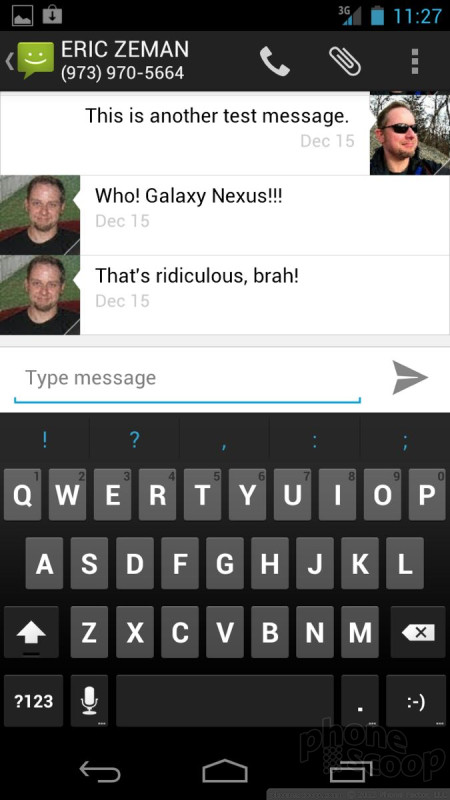



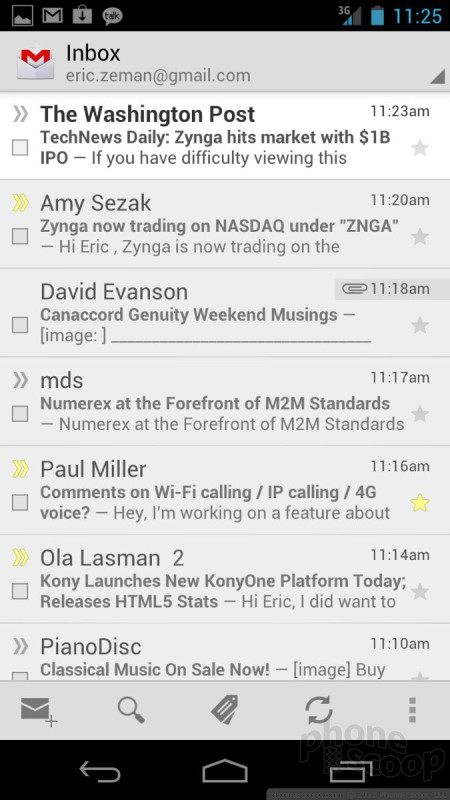




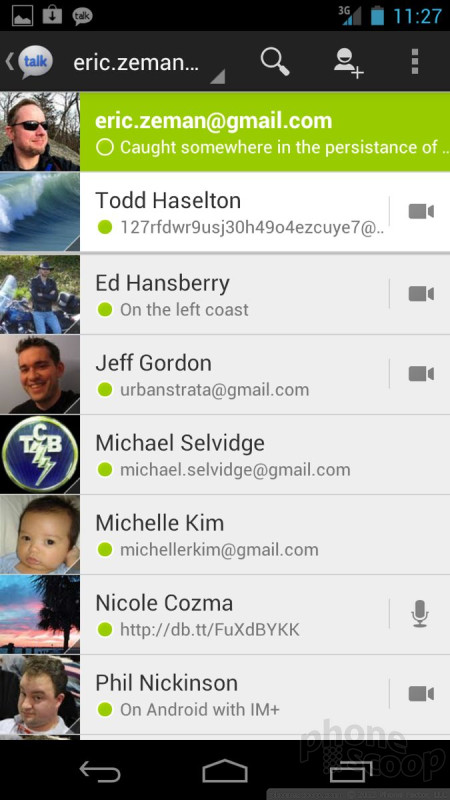


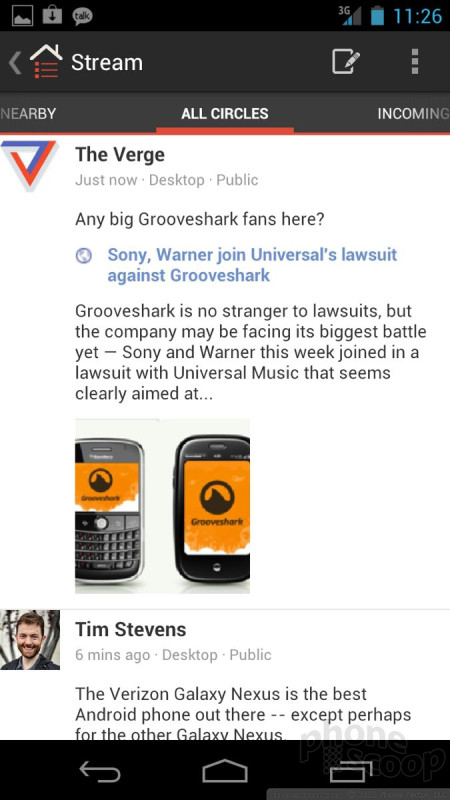




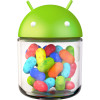 Hands-On: Android 4.1 Jelly Bean
Hands-On: Android 4.1 Jelly Bean
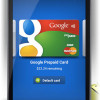 Sprint Officially Reveals Galaxy Nexus
Sprint Officially Reveals Galaxy Nexus
 Samsung Galaxy Nexus (LTE)
Samsung Galaxy Nexus (LTE)




